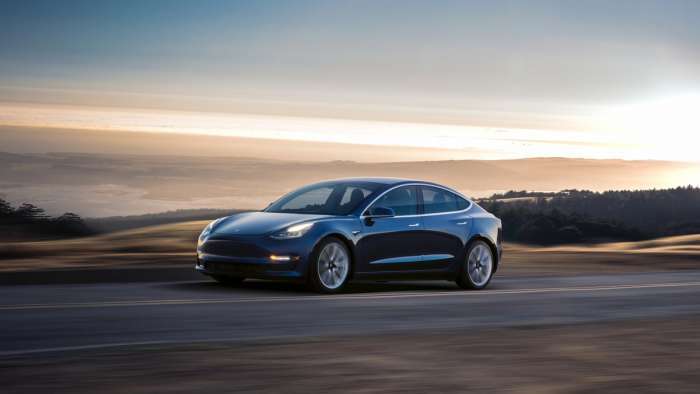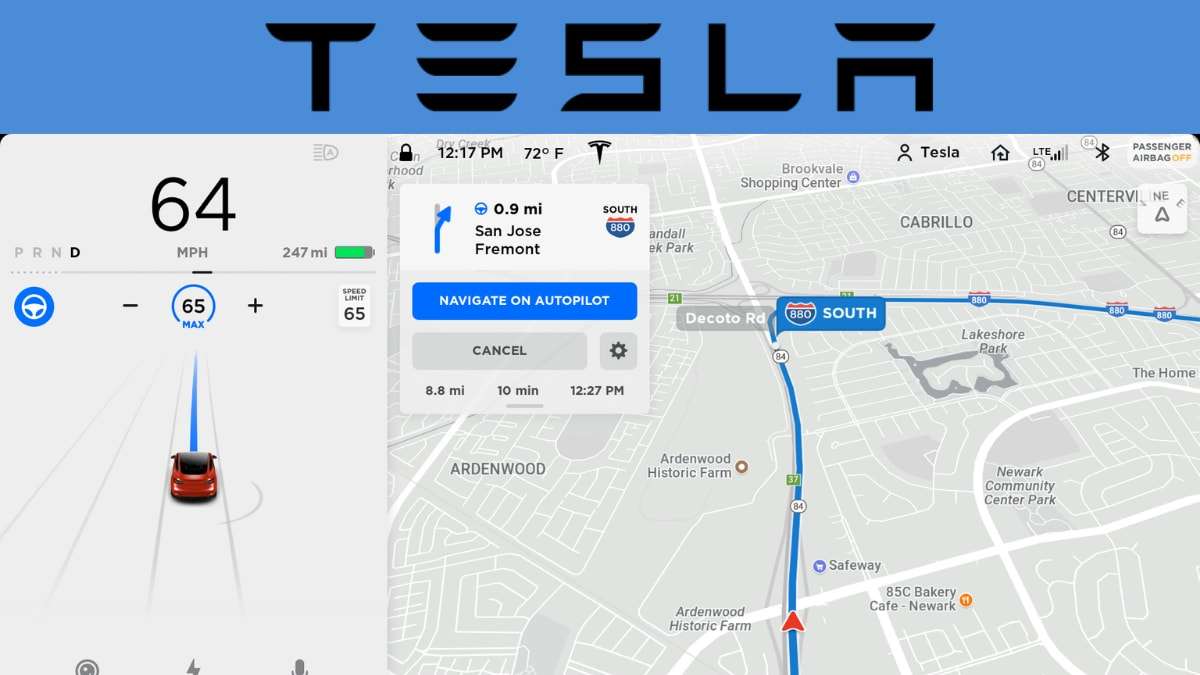Tesla is currently working on improving its mapping services in China. Maps and data are essential for Tesla if it wants to run its self-driving capabilities throughout the Asian country.
Earlier this year, it announced that it was switching from Tencent Maps to Baidu Maps as its provider of in-car mapping services.
This came after complaints from Tesla about the user experience of the Tencent navigation services. The main issues were poor voice recognition, the inability to change routes to avoid traffic, and too few speed violation alerts.
Tesla is always trying to improve its products and that is why it has a bright future ahead.
Tesla and Baidu seem to have made some improvements in their maps because Tesla announced yesterday in an email sent to EAP (Early Access Program) members that it was rolling out an improved map.
The update is due to come next week, it will include improvements such as a more accurate displayed estimated time of arrival, more accurate speed limitations on each road, and a better self-driving experience. The update will also bring other map and navigation-related optimizations.
Tesla China will push test map to EAP owners in 1 week. Owner testers need to record & submit issues for further improvement. The new map will be more accurate in route planning, ETA, speed limit & provide better experience of AP driving, optimize map/navi features. Source:@42how_ pic.twitter.com/pgT2lkmKGw— Ray4Tesla (@ray4tesla) September 19, 2020
Thank you to @42HOW for sharing this news through @Ray4Tesla
This early release to EAP members aims to catch any possible errors and fix them before the feature rolls out to all Tesla owners in China.
One of the main difficulties for the Tesla self-driving team is adapting to the country they are in. Road markings come in many shapes and colors depending on the country they are in.

This means that whenever Tesla brings its vehicles to a new market, they need to have access to improved mapping of the location as well as a period of learning for the AI that operates the autopilot. In mid-August, Elon Musk tweeted that Tesla is developing a neural net training computer called Dojo to process truly vast amounts of video data. This will significantly improve the pace at which vehicles will learn how to operate within their environment.
The question that remains is when will Tesla start its self-driven taxi program, named Robotaxi? In my opinion, this will be very dependent upon the capabilities of this Dojo training computer and approval speed from governments and administrations.
Tesla has just put in effect some updated prices for different self-driving capabilities, meaning everyone will be able to have some form of it. Here are more details about the available options if you are interested.
When do you think the Tesla Robotaxi program will start? Will it begin in the US or will approval in China be faster? Please share your thoughts and intuitions in the comment section.
If you can't get enough of Tesla, here is a link to my latest story.
Guillaume Humbert a Torque News automotive journalist covering Tesla news. "The way he first heard about Tesla was when he accidentally found a Livestream of one of Tesla's cars back in 2018. It may sound boring, except this car was cruising in space. Since then Humbert has been following the EV automaker closely. Any of Tesla's innovations make the future look environmentally more friendly. "I am now trying to share the hope Tesla spread and inspire others through my articles," says Humbert whom you can follow on Twitter at Thinking Enthusiast.





